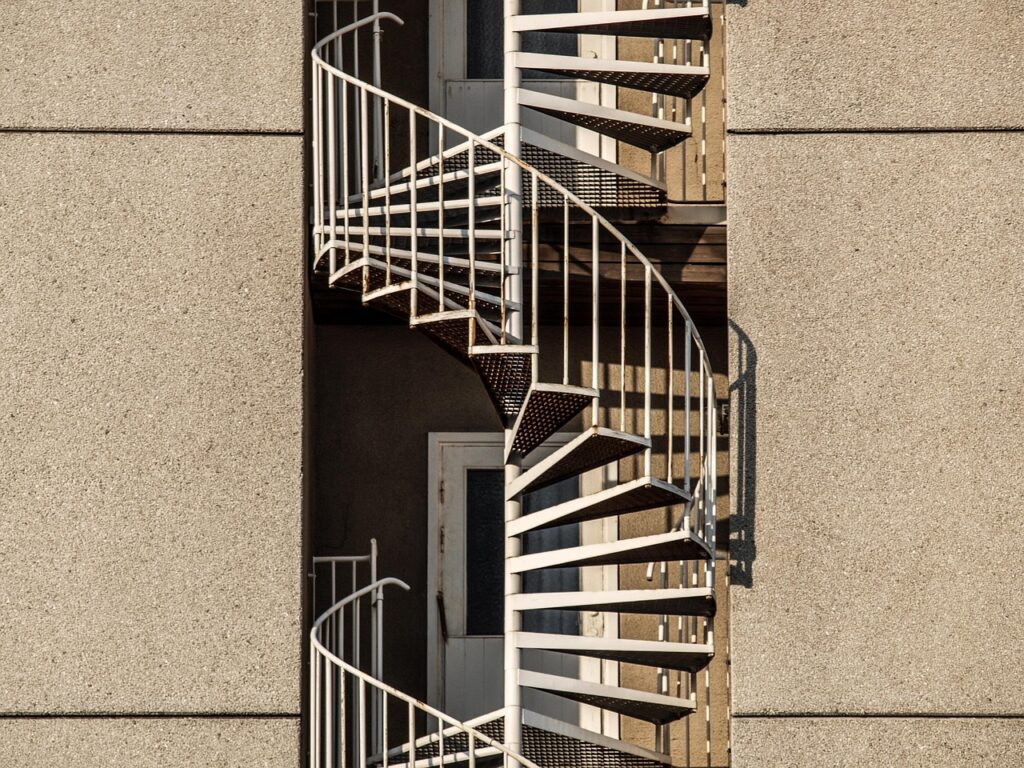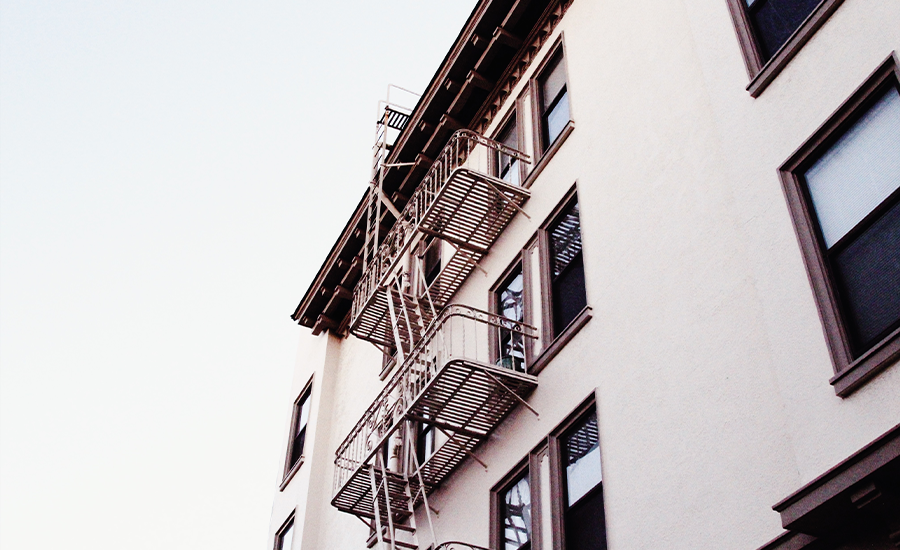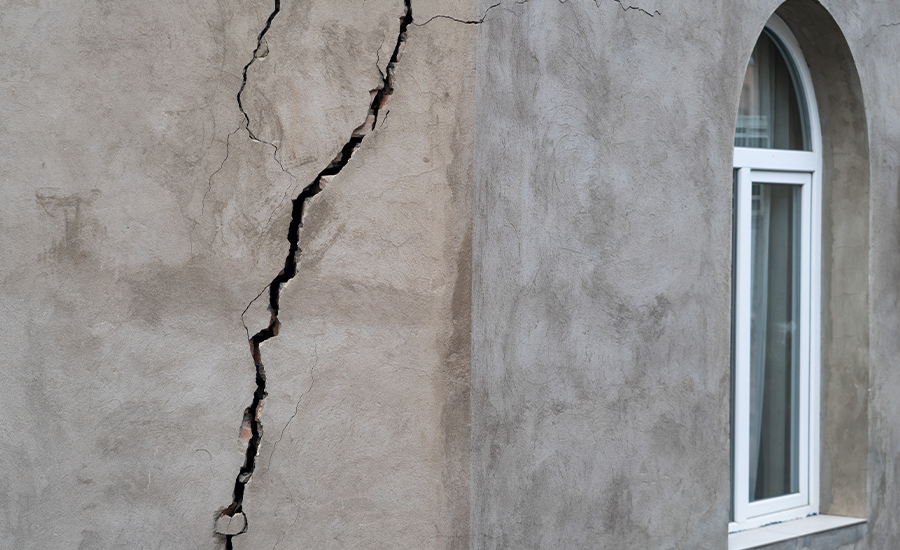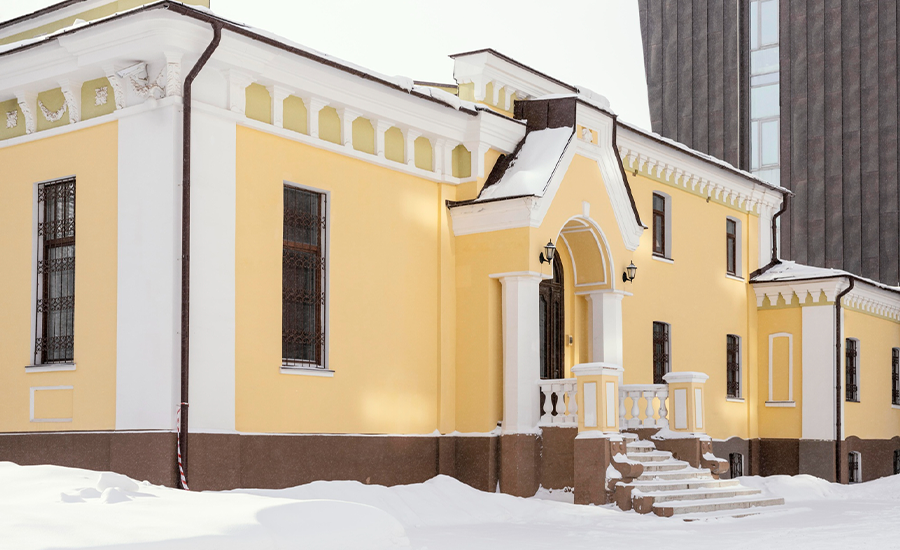No matter how old or new your fire escape is, adhering to the safety codes and regulations of the building is essential. Fire escapes play a vital role in the safety of the building as they save lives in fire hazard conditions. Fire escapes that meet all the safety protocols are compliant and ensure it is 24/7 operational with full security measures. Different types of fire escapes demand different insurance validation, so make sure to install the fire escapes that improve your structural integrity and reduce risks during emergencies. Make sure to conduct frequent inspections to check the condition of your fire escape and bring it up to code for safe evacuation in case of need.
In this blog, we’ll explain how to thoroughly check the fire escape step by step to know if it’s compliant or not.
Step 1: Review NYC Fire Escape Safety Requirements
Review all the following requirements to meet all the NYC safety codes and comply with NFPA 101 & LOCAL LAW 11 standards.
- Minimum width and depth of stair treads.
- Maximum rise and minimum run of steps.
- Load-bearing capacity.
- Guardrails and handrails.
- Non-slip surfaces.
- Clearance from obstacles and walls.
If you’re curious about which fire escape design works best for tall structures, read our guide on which fire escape is best for high-rise buildings?
Step 2: Carry Out a Visual Assessment
Detect the following visible deformities thoroughly:
- Check the rusted & corrosive areas.
- Missing structural boards or detached joints.
- Damage to steps or platforms.
- Handrail integrity must be secure and continuous.
Step 3: Verify Load-Bearing Strength
Check the load-bearing capacity:
- Lightly shake the stairs to check if they feel solid or wobble.
- Listen to the unusual sound or strain under pressure.
- Observing signs of uneven settling.
Learn more about the durability of different materials in our article are aluminum fire escapes better than steel?
Step 4: Check the Structural Measurements
The following sizes are standardized by NYC safety rules & regulations for fire escape:
| Specifications | Standard Requirements |
|---|---|
| Foot placement area | ≥ 9 inches |
| Step height standards | ≤ 7.75 inches |
| Platform area | Sufficient to safely stand occupants |
| Handrail elevation | ≥ 42 inches |
| Usable passage width | 22–28 inches, depending on occupancy |
Step 5: Examine Exit Accessibility
Make sure your fire escape exit meets the following requirements for safe evacuation:
- All the exit routes are free from blockages.
- Landings are clear of obstacles.
- Emergency lighting is functional.
- Exit routes have clear signage.
Step 6: Ensure The Presence of Safety Components
Most of the modern design fire escapes include all the safety components that resist any kind of failure and prevent accidents in a hurry:
- Non-slip surfaces on steps and platforms.
- Continuous handrails for stability.
- Stair guards to avoid falls.
- Fire-resistant materials capable of withstanding heat.

For insights into the best fire escape materials suited for NYC weather, visit best fire escape materials for NYC weather conditions.
Step 7: Check Maintenance History
Make sure you conduct regular maintenance inspections to sustain long-term adherence to fire safety regulations:
- Adhere to the yearly inspections, ensuring it is held every 1–5 years.
- Documented repairs.
- Remove the buildup & maintain stability.
Wondering if foldable designs are a safe option for families? Read are foldable fire escapes safe for families?
Step 8: Bring In a Code Compliance Professional
Hire professional & qualified contractors to meet the code compliance in residential and commercial buildings:
- Certified inspectors know local codes.
- Load testing confirms that the stairs can support the maximum occupancy.
- Structural analysis detects hidden weaknesses.
- Official certification may be required for insurance or legal purposes.
Step 9: Outline Restoration Plans
Make sure to immediately address the damages and repair them asap:
- Mend the compromised elements.
- Top the fire escape with anti-slip texture coatings.
- Install all the required safety features.
- Modify your historic fire escapes with LPC approval and add enclosed stairwells or pressurized escapes.
Curious about how different fire escape types vary across NYC? Read which fire escape type is most common in Manhattan?
Step 10: Keep the Inspection Documents Saved
Make sure to save all the records to verify with long-term compliance:
- Keep inspection reports and repair receipts.
- Train occupants on safe fire escape use.
- Carry out the periodic evacuation training.
Conclusion
A well-maintained fire escape is crucial for safety and legal compliance. Regular inspections help detect rust, cracks, or weak joints early. Always follow NYC building codes and repair any issues immediately. Hiring certified professionals ensures lasting protection and full compliance. Keeping your fire escape in top condition guarantees a safer environment for everyone in the building.
Sardar Restoration Corp proudly serves every corner of NYC, including the Bronx, Manhattan, Brooklyn, Westchester, and Queens. Our services are designed to meet your specific needs, providing top-quality solutions wherever you are. Check our service areas to see how we can assist you in your location.
Contact us today at (+1) 917-355-8556 or sardarrestoration@gmail.com, or visit us at 2770 Fish Ave, Bronx, NY 10469, United States.
FAQs
Do you offer fire escape inspections for residential and commercial buildings?
Yes! Sardar Restoration Corp. offers fire escape inspections for residential and commercial properties, following all the safety measures to make your fire escape compliant.
Do you check for rust, structural damage, and loose bolts?
Yes! Sardar Restoration Corp. offers thorough inspections to assess the condition of your fire escape, including repaints, welds, bolts, handrails, anchoring, and corrosion.
Do you provide a detailed report and recommendations?
Yes! Sardar Restoration Corp. provides a detailed report that shows the violations or compliance issues and recommends the best upgrades and repairs for it.
Who is qualified to inspect fire escapes in NYC?
Only licensed contractors or certified inspectors can perform official fire escape inspections and provide compliance reports.
What are common violations found during fire escape inspections?
Typical issues include rusted metal, loose bolts, damaged railings, or missing safety coatings that must be repaired to meet NYC safety codes.
Do you schedule regular maintenance checks?
Yes! Our fire escape contractor in NYC schedules yearly inspections to keep an eye on the building age, occupancy, and environmental conditions.







